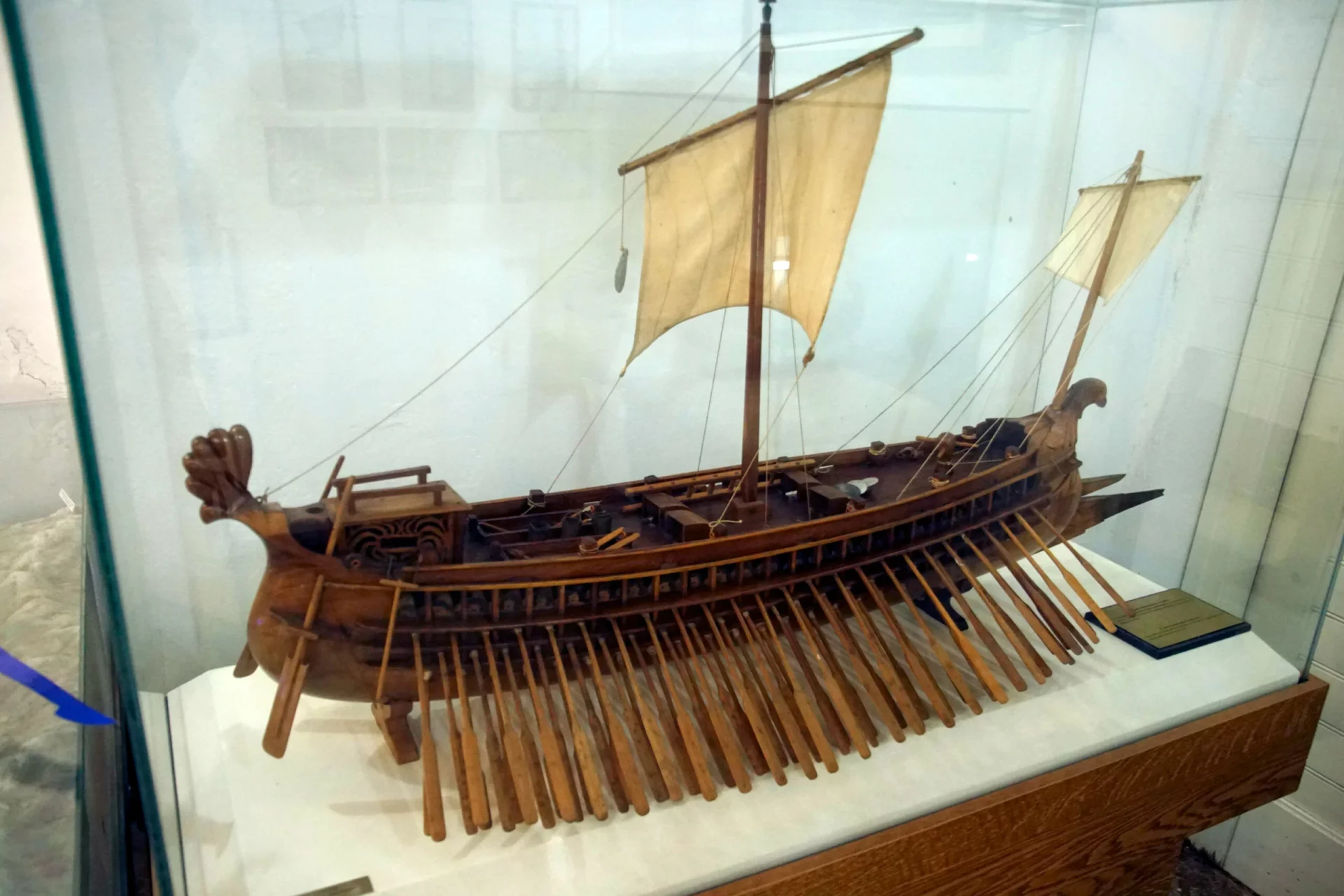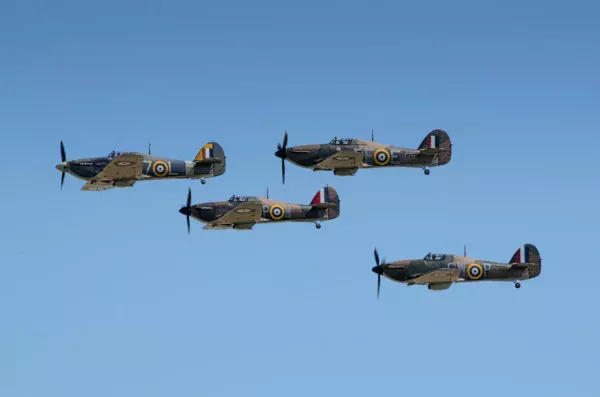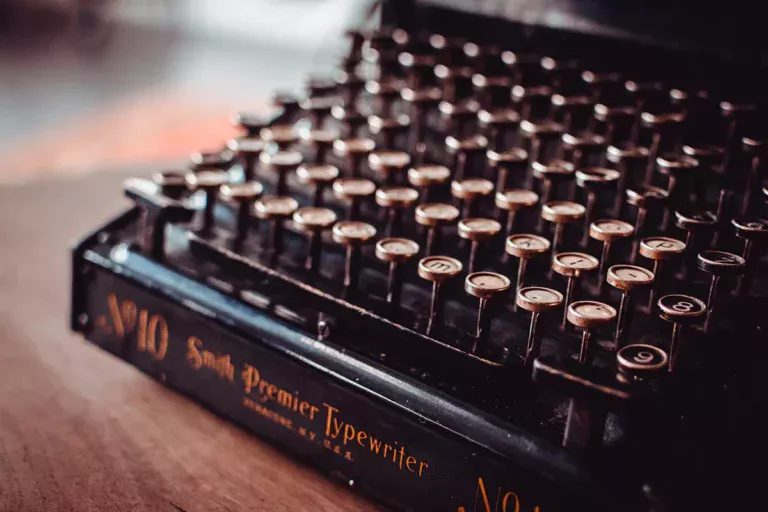As a student of history (I did actually do some studying at university, between playing Halo 3 and editing my MySpace profile), I can say that many profound changes have been brought about by technological advancement. And it’s not just the big, scary inventions that people always think of such as gunpowder, nuclear weapons, and perhaps even more destructively, social media. When a new piece of technology is invented, a butterfly effect can happen causing huge changes – sometimes rapid, sometimes gradual – in ways no one could have imagined.
But one thing that’s often overlooked when talking about revolutionary technology is how did people know how to use it? The answer is, of course, technical writing. There are plenty of instances of technical writing being produced alongside a revolutionary invention. In this article, we share some powerful examples of how – sometimes on purpose and sometimes by accident – technical writing helped change the world.
The rise and fall of empires
One example of technical writing accidentally changing the world is the proto-technical writing of the Carthaginians. While popular culture depicts the Roman Empire as an all-conquering and unrivalled military and cultural juggernaut of antiquity, at the start of the first Punic War (264–241 BC), this wasn’t actually the case. At this point in time, the then-Roman Republic was relatively small and roughly included the middle and southern parts of modern Italy. On the other hand, their Carthaginian opponents controlled an empire stretching from the island of Sicily, across the coast of North Africa, and all the way to southern Spain.
The challenge the nascent Roman Empire faced wasn’t just that their opponents were bigger than them. Unlike Rome, Carthage was a seafaring empire that had much better ships and naval technology. At the start of the first Punic war, the Romans couldn’t compete with the technologically advanced Carthaginian navy. Nevertheless, three years into the war, the balance of power shifted in Rome’s favour.

The Carthaginians used many types of ships in their navy, but its mainstay was the quinquereme, meaning ‘five-oared boat’. The quinquereme had distinct advantages over Roman ships – it was faster, it could carry more men, and its clever design put less strain on the oarsmen. Crucially, the Carthaginians had also perfected the art of boat production, quickly producing quinqueremes across many ports. In fact, to speed up production even more, the timbers used to construct a quinquereme were inscribed with assembly instructions on how to measure, cut and fit the ribs of the boats together. This system worked perfectly – well, at least until the Romans managed to capture a quinquereme that had run aground in Sicily.
After disassembling the boat and deciphering the instructions, and despite being novice shipbuilders with virtually no shipbuilding expertise, in under three months the Romans had managed to produce 100 quinqueremes of their own. These new ships were used to great effect in the battle of Mylae, widely regarded as Rome’s first major naval victory. From this point on, Rome was able to slowly gain dominance over Carthage. At the end of the third Punic war in 146BC, Rome was the undisputed power in the Mediterranean.
As you can see, the rise and fall of ancient empires can be traced back to a single good piece of proto-technical writing. While unlikely to be what early Carthaginian technical writers wanted, their instructions were so clear that novice shipbuilders were able to build the most technologically advanced warships of the time, heralding the end of Carthage and laying the foundations for the future Roman Empire.
Want to find out more?
Printing to spread knowledge
Invented in 1440, the Gutenberg printing press was a fantastic innovation that quickened the dissemination of knowledge. To get a copy of a book prior to the printing press, you needed someone who could write (a scarcity in the early 15th century) to painstakingly copy it out for you. However, a printing press meant books could be mass-produced for a fraction of the labour and cost. This invention was iteratively improved until it became cheap and accessible enough for newspapers to be created, many educational books and manuals to be commissioned, and generally anyone with a message and bit of capital to get widely circulated.

So the printing press had a pretty profound effect on the course of world events. It helped to broaden the influence of the Renaissance and the scientific revolution, and it established the foundations of modern news media. It even helped parliamentary forces win the English Civil War, as access to relatively cheap printing enabled parliament’s supporters to establish their own propaganda networks. This was in the form of pamphlets and proto-newspapers that rivalled the more established channels of the King, enabling parliamentary support to grow and spread some revolutionary ideas.
So how did printing houses know how to use a printing press? Operating one needed a team of people, using specialised equipment and materials, to correctly follow a very specific process. The answer is, of course, technical writing – Gutenberg’s printing press had its own rudimentary set of technical instructions. This allowed others to copy Gutenberg’s process and set up their own printing houses, with the Caxton printing press being one of the more famous examples.
Industrialising Britain
I have a feeling my boss, Paul Ballard, would have loved the industrial revolution. It saw the introduction of things that Paul lovingly refers to as ‘big bits of kit’ – Watt’s Steam Engine, the Flying Shuttle, the Power Loom, and of course, that most useful invention, the Amphibious Bicycle. But what was really revolutionary about the Industrial Revolution was that it not only changed the way we made things but how we lived and worked. Before the Industrial Revolution, Britain was primarily an agrarian economy, which meant most jobs revolved around growing crops and tending livestock. Goods on the other hand tended to be produced by artisanal workers, craftsmen, or guilds, and were made on a small scale, at a slow pace and with tools designed hundreds of years earlier.

The Industrial Revolution completely changed this and, along with it, the state of Britain’s economy. New machines meant workers could produce goods on a scale and at a rate never seen before. This in turn helped Britain establish a massive trade empire, aided by its ever-expanding manufacturing capabilities. This was the catalyst for many other changes – the proliferation of cheap consumer goods, the establishment of many new towns and cities, and the many scientific, civil and cultural advances that we still feel today.
But again, there’s an obvious question here – how can you get an agrarian workforce to quickly understand how to correctly use and maintain all these new, cutting-edge inventions? Again, the answer is technical writing. As new technologies were adopted, and factories were built to manufacture new products, technical publications like the Practical Mechanics Journal, and machine instruction manuals like the Scotts Practical Cotton Spinner and Manufacturer, which you can actually still buy today, proliferated. Such technical publications both educated the emerging industrial workforce while spreading the industrial revolution well beyond its borders.
In Stephen Crabbe’s fantastic article ‘Constructing a Contextual History of English Language Technical Writing’, he explains how Britain became a leading producer not just of new inventions, but the technical writing that helped ordinary men and women use those inventions. Britain was developing machines on the one hand, and on the other, producing the technical documentation for manufacturers making those machines, both inside and outside its borders. In this way, technical writing helped transform Britain from an agrarian economy to an industrial one, by quickly and efficiently educating a workforce unfamiliar with the cutting-edge technology of the time. Technical writing also helped the Industrial Revolution spread beyond Britain, to countries such as the USA, Germany, France, and later Japan and China.
Winning wars
Technological advancement and war have gone hand in hand for centuries. Nowhere is this more apparent than in the Second World War. Many historical accounts tend to focus on the really scary breakthroughs – the first use of rockets in the V1 and V2 weapons during the Blitz, and the atom bomb, which caused so much devastation in Hiroshima and Nagasaki. Despite these horrific examples, there are countless better ones that have helped shape the modern world:
- Radar: First employed during the battle of Britain and now used to direct airport traffic, and help track and predict weather patterns.
- Computers: Used by Bletchley Park codebreakers to break the Axis Enigma code, the first modern computer, the Colossus 1, is the basis for the technology of the device you are using to read these words.
- Blood plasma transfusions, skin grafts and antibiotics: Pioneered during the Second World War, or adopted en masse due to the war effort, these are common medical interventions we now take for granted.
And of course, with this rush of new technology that often needed to be used by a large number of people, came a mountain of technical writing. In fact, many see the Second World War as the beginning of modern technical writing, and the beginning of technical writing as a profession. You can still find many great examples of technical communication from this era – from videos showing American Airmen using targeting equipment in B-24 bombers, to technical manuals for radar equipment and medical field guides for new medicines.

With the Axis and Allies both vying for technological superiority to gain an edge over their opponents, often what separated the two sides was how well they used their technology. Radar was a fantastic invention that helped Britain and its allies repel the Luftwaffe during the Battle of Britain. However, it took an army of engineers, maintenance crews and operators – all needing to be trained quickly during very stressful times – to run, maintain and interpret it. The Allies’ use of plasma blood transfusions was also a massive improvement over the Axis version, which involved a live donor being present for the transfusion, and undoubtedly saved many lives. However, without instructions on how to properly transport, store and use this new innovation being shared with doctors, field medics and logistical staff, this life-saving process would have been completely useless.
Once again, this highlights the importance of good technical writing. Under a period of great upheaval and stress, the Allies were able to train ordinary men and women, often in stressful or dangerous circumstances, to use some of the most cutting-edge technology of the time. And, by effectively using these technological advances, they were able to gain an edge and eventually win one of the most decisive conflicts in human history.
Want to find out more?
How can technical writing help shape the future?
If you have made it this far, I hope you have enjoyed my article on some of the ways technical writing has helped shape our past, and how good technical writing helps people get the most out of fantastic innovations. However, the next logical question is what effect might technical writing have on our future? I’ll have to leave this to some of my more qualified colleagues, such as Rachel Potts in her article on the continued importance of technical writing ‘Why the skill of writing well matters’, or Paul Ballard’s predictions for the future of technical communication in ‘The Globots are coming’.
If you would like to know more about how good technical writing can help you, have a technical communication project you need help with, or if you just want some good instructions to etch on the timbers of your quinquereme, feel free to get in contact with us using the details below. Let’s see if we can make some history of our own.
Related articles

Using technical communication to bridge the digital literacy gap
How can technical communication bridge the digital literacy gap? Find out here.


